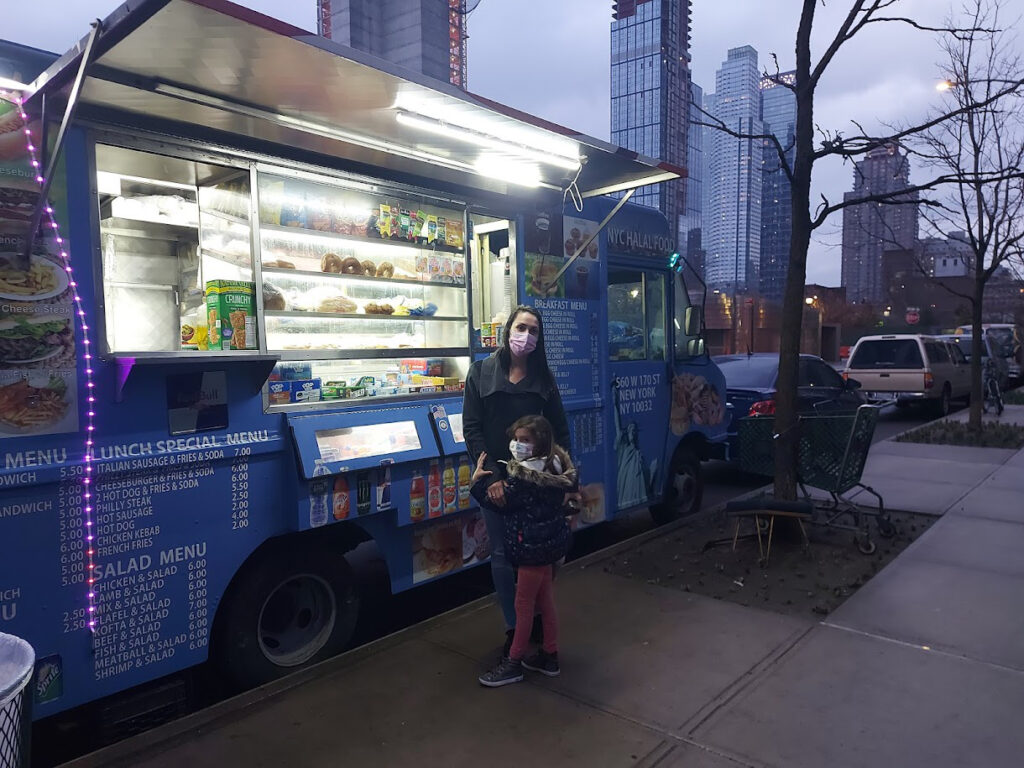Food truck owners face several pain points when selecting a point-of-sale (POS) system, driven by the unique demands of their mobile, fast-paced, and space-constrained operations. Based on the available information and critical analysis, here are the main challenges:
Cost and Affordability:
Many food truck owners operate on tight budgets, especially startups, making the cost of a POS system a significant concern. High upfront hardware costs (e.g., Clover’s card reader at $199 vs.) and ongoing fees, such as monthly subscriptions or transaction fees, can strain finances. Owners often seek systems with low or no monthly fees, like Square’s free software, but may face trade-offs with limited features or higher processing rates. Some express frustration with hidden fees or expensive add-ons for features like loyalty programs or marketing tools. Fixed pricing for processing rates is a concern, as variable rates can erode profit margins, especially for high-volume sales. Owners desire transparent pricing to avoid surprises.
Portability and Space Constraints:
Food trucks operate in cramped spaces, making bulky hardware like large countertop terminals impractical. Owners need compact, mobile solutions (e.g., tablet-based systems like Pads or smartphones) that fit their limited workspace. Systems must be easy to set up and transport, as food trucks frequently change locations. Bulky wiring or complex setups hinder efficiency in a mobile environment.
Ease of Use and Staff Training:
Food trucks often have small, sometimes rotating staff, so POS systems must be intuitive with a short learning curve. Complex interfaces slow down service, especially during peak hours, frustrating both staff and customers. Training staff on new systems can be time-consuming, particularly for less tech-savvy employees. Owners prefer systems with user-friendly dashboards and minimal setup complexity to reduce onboarding time.
Feature Relevance and Customization:
Many POS systems are designed for broader industries, including features irrelevant to food trucks (e.g., floor planning for sit-down restaurants). Owners want systems tailored to their needs, such as inventory tracking, real-time sales reports, and menu management, without paying for unnecessary extras. Customization is key, as food trucks may need to update menus or deals on the go. Systems that allow remote menu updates or integration with online ordering platforms (e.g., DoorDash, Uber Eats) are highly valued.
Payment Processing Speed and Flexibility:
Long customer lines are a major pain point, and slow transaction processing can lead to lost sales. Owners need systems that handle multiple payment methods (cash, credit/debit cards, digital wallets like Apple Pay) quickly to keep lines moving.
The ability to accept contactless payments and digital wallets is increasingly important, as customers prefer fast, convenient options. Systems lacking these capabilities limit customer reach and satisfaction.
Customer Support and Reliability:
Poor customer support, especially during peak operating hours, is a frequent complaint. For example, Square’s lack of 24/7 live support can leave owners stranded if issues arise during late-night events.
Hardware reliability is another concern, with some owners reporting issues like Square’s “cheap” hardware failing or disconnecting during busy periods, disrupting service.


